It is a challenge to open a new hotel in a place that is already brimming with luxury resorts, but Joali has successfully managed to stand out in the Maldives with a brand new hotel that has everyone talking. The overall look of the hotel is effortlessly cool and stylish, all while keeping the traditional Maldivian style in mind which adds a certain warmth to the property. From the moment of arrival, guests delight at the astonishing arrivals jetty – a Zaha Hadid-inspired structure that looks, from one side, like a manta ray and, from the other, like two fish kissing. Make no mistake, the style is otherwise restrained with each of the 73 villas tastefully designed with thatched roofs, original artwork and soft pastel coloured tones. While Joali possesses a house reef and a resident marine biologist to help you explore the under-water world, diving and snorkelling enthusiasts may be more suited to the Baa Atoll that teams with a greater abundance of marine life. That said, this honeymoon-heaven island offers an endless array of activities to tickle your tastebuds. Learn to cook Maldivian delicacies in the teaching kitchen, relax in the Manta-ray treehouse with a cocktail in hand, or set out for a romantic sunset cruise on a Dhoni while savouring mouth-watering tapas and soaking up the mesmerising view of the Indian Ocean.
Duration: 14 Days
Guide Price: $10,800pp
Guide Price: £9,000pp
Combine a trip to Sri Lanka and the Maldives for the perfect blend of culture and relaxation. Experience culinary delights, vast tea plantations and spectacular temples in Sri Lanka followed by the vibrant marine life and diverse atolls of the Maldives.
Duration: 7 Days
Guide Price: $10200pp
Guide Price: £8,500pp
Destination:
Experience a remote paradise by taking a trip to the tropical haven of the Maldives. Discover a land of pristine beaches and sparkling blue waters beholding a vibrant aquatic life all to explore.
Duration: 9 Days
Guide Price: $13,000pp
Guide Price: £10,800pp
Destination:
Escape to the Maldives, a remote paradise featuring secluded atolls enveloped by sparkling blue waters and powdery white sand. Take a dip in secluded lagoons and catch glimpses of dolphins under the gleaming sun.
14 Day Itinerary
Guide Price: £9,000pp
Guide Price: $10,800pp
Combine a trip to Sri Lanka and the Maldives for the perfect blend of culture and relaxation. Experience culinary delights, vast tea plantations and spectacular temples in Sri Lanka followed by the vibrant marine life and diverse atolls of the Maldives.
7 Day Itinerary
Guide Price: £8,500pp
Guide Price: $10200pp
Experience a remote paradise by taking a trip to the tropical haven of the Maldives. Discover a land of pristine beaches and sparkling blue waters beholding a vibrant aquatic life all to explore.
9 Day Itinerary
Guide Price: £10,800pp
Guide Price: $13,000pp
Escape to the Maldives, a remote paradise featuring secluded atolls enveloped by sparkling blue waters and powdery white sand. Take a dip in secluded lagoons and catch glimpses of dolphins under the gleaming sun.
Six Senses Laamu sits in splendid isolation as the only resort in this southern atoll. Hidden between the lush tropical vegetation facing the lagoon, these stylishly sustainable Maldives beach villas offer absolute privacy.
Soneva Jani is set in a stunning location of turqouise lagoon waters, beautiful untouched beaches and tropical forest.
In a preserved environment, forty minutes north of Malé by seaplane, pristine waters and opulent vegetation offer Cheval Blanc Randheli an exceptional setting.
Featured
Constance Moofushi is situated on the South Ari Atoll and is widely regarded as one of the best diving spots in the world.

INSPIRATION
SIGN UP